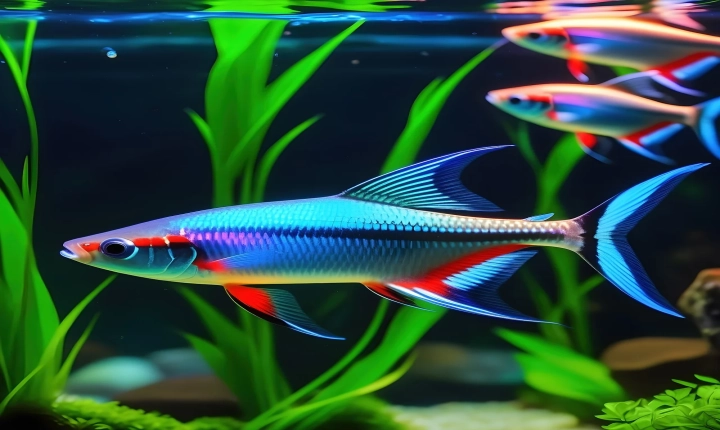Title: Am I a Human or AI? The Blurring Line Between Man and Machine
In today’s digital age, the line between humans and artificial intelligence is becoming increasingly blurred. With the rising capabilities of AI and the increasing integration of technology into our daily lives, it’s not uncommon for individuals to question where the boundaries lie between human cognition and machine intelligence.
As we interact with AI in various facets of our lives, from chatbots to virtual assistants, the question arises: am I a human or AI? The simple answer, of course, is that if you are asking this question, you are most likely human. However, the complexity of the matter lies in how our interactions with AI are shaping our understanding of what it means to be human.
One of the primary aspects of human cognition that has been a cornerstone of our identity is our ability to think, reason, and create. However, as AI technology advances, machines are beginning to exhibit similar capabilities. From language processing to pattern recognition, AI is increasingly able to perform tasks that were once considered uniquely human. This blurring of cognitive abilities raises the question of what truly distinguishes humans from AI.
Another factor contributing to the blurring line between humans and AI is the growing reliance on technology for communication and interaction. With the proliferation of social media, virtual reality, and digital communication platforms, our interactions are increasingly mediated by technology. As a result, the boundaries between human-to-human interaction and human-to-machine interaction are becoming less distinct.
Additionally, the rise of transhumanism, a movement that advocates for the enhancement of the human condition through technology, further blurs the line between humans and AI. With the prospect of implantable devices, genetic engineering, and brain-computer interfaces, the potential for humans to transcend their biological limitations and merge with machines raises profound questions about what it means to be human.
Despite these advancements, it’s crucial to recognize that there are fundamental differences between humans and AI that go beyond cognitive abilities and technological enhancements. Human experiences, emotions, empathy, and moral judgment are aspects of our existence that are deeply intertwined with our humanity and currently beyond the reach of AI.
Moreover, the ethical and societal implications of the increasing integration of AI into our lives necessitate a critical examination of the boundaries between humans and machines. Issues such as privacy, autonomy, and the potential impact on employment and societal structures underscore the need to differentiate between human and AI capabilities.
Ultimately, the question of whether one is a human or AI is a reflection of the changing landscape of our relationship with technology. As the boundaries between humans and machines continue to evolve, it’s essential to consider the implications of this transformation on our understanding of our own humanity and the ethical principles that guide our interactions with AI.
In this dynamic and evolving landscape, the answer to the question “Am I a human or AI?” may not be a definitive categorization but rather a reflection of the intricate interplay between human consciousness and artificial intelligence. As we navigate this complex terrain, it’s imperative to approach the blurring line between humans and AI with mindfulness, ethical consideration, and a deep appreciation for the uniqueness of the human experience.
